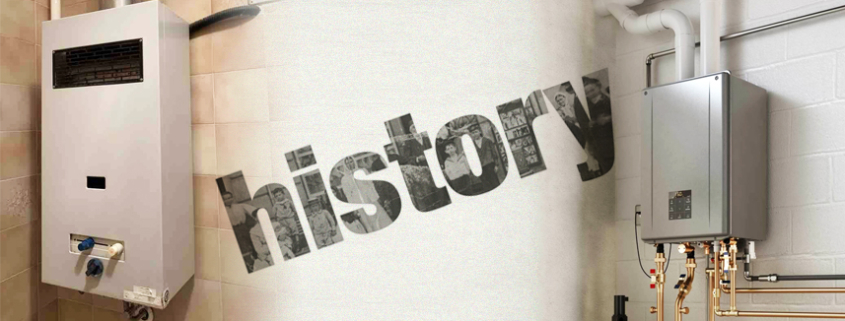The History of the Tankless Water Heater
Recent articles frequently advise clients to consider new tankless water heaters. Tankless units can provide a variety of outstanding benefits that mostly compensate for their increased price when compared to traditional storage tank water heaters.
Tankless water heaters can provide an unlimited supply of hot water. They use less energy since they only heat water when it is needed. They provide hot water on demand. They are often smaller than traditional tank boilers and can be mounted directly to the wall.
Tankless units have a longer lifespan. Tankless water heaters may appear to be a new type of technology at first glance, but this is not the truth.
The first commercially available storage tank water heater was created in 1889. It was very energy efficient because of its thick copper structure, but it was also fairly costly. However, tankless water heater development was not long behind. In the 1890s, there were some early and ineffective attempts to popularize on demand hot water heaters.
Stiebel-Elton invented the first electric tankless water heater in 1929, making the device more widely accessible. However, gas-powered versions were more efficient and therefore became more popular. Though, until the 1950s, tankless water heater technology was just not successful enough to make them viable alternatives to traditional water heaters.
As efficiency improved, Europe began to adopt an increasing number of these space and energy-saving devices. This eventually led to the impact of tankless systems on the North American market in the 1990s. They are now becoming important competitors with tankless and hybrid systems, with more and more houses recognizing their significant advantages over the more traditional tank heaters.




Leave a Reply
Want to join the discussion?Feel free to contribute!